#indian dressing
Explore tagged Tumblr posts
Text


caterina's datamined character description calling her korean-italian and early lucanis designs having him look east asian . i'll just do everything myself i guess


assorted thoughts: caterina is fully 'korean' or whatever the thedas equivalent would be in this design, and clawed her way to the top of the crow food chain after years of work. their armor is something caterina forcibly incorporated to distinguish house dellamorte from the other crows, and a symbol of their status because they get it custom made or imported. of course race-equivalents do not really exist in thedas or this world but i also will never forget how gaider just implied (east) asian people don't exist in thedas because it just so happens that there are no asians on the continent of thedas (guy who forgot about boats) . explode and die. there's not the same kind of discrimination as exists irl ofc (and the dellamortes are actually treated fine, much better than a mage or elf) but a level of xenophobia against foreigners from a different continent. illario looks the least like her, and passes for being fully antivan, which changes how he is recieved by the other crows.
and sorry if the korean is bad please actually let me know if it's horribly translated i relied on google translate . if you are one of ten asian dragon age fans feel free to talk to me at any given moment.
#there's also some things in my mind about illario's ability to pass as an antivan while not really being antivan at all#so he's actually partially rivaini. and how differently he sees his family being treated whereas he gets the privilege of passing#but isn't at all 'antivan' . and while he tries to distinguish himself as being like caterina and her heir etc.#he is Aware of the difference in how he is perceived. i can really make anything about immigrants fr LOL#if you the dragon age fan reading this are korean feel free to give me constructive criticisms PLEASE.#it was all referenced off the 'joseon army' wikipedia page with some da-specific embellishments#oh plus modern styles of hanbok. ok. thats it#and other thoughts from my own background. lol#dragon age#illario dellamorte#lucanis dellamorte#caterina dellamorte#veilguard#my art#edit. slight adjustment because technically gaider has been misquoted#but its still a stupid fucking idea#you cant decide you're including india dressed up as the roman empire and say 'dorian is indian' without thinking of THE SPICE TRADE#NO ONE CARES ABOUT THE SILK ROAD AND CREATING FANTASY EQUIVALENTS ANYMORE
2K notes
·
View notes
Text

A dress made of cotton muslin, gilded metal thread and Indian jewel beetles (sternocera aeqisignata), Britain, 1868-1869 CE. Over 5000 beetle wings or parts of wings were used to decorate this dress.
Now housed at the Victoria and Albert Museum in London.
#reddit#artefactporn#fuckoff555#dress#clothing#fashion#cotton#muslin#gilded metal thread#indian jewel beetles#sternocera aeqisignata#britain#1860s#1800#1868-1869#beetle#wings#victoria and albert museum#green#insects#bugs
1K notes
·
View notes
Text

Waiting for a Indian Christian friend who is dreaming of Muslim alpha cock, so we can convert together.
#islamized sissy#muslimah#bhabhi#desi gaand#before and after hijab#sissy hypothesis#submisive sissy#sissy for bbc#mnwo sissy#mnwo#convert to islam#beautiful crossdresser#transgender#cross dressing#indian sissy#burqa#bbc sissy#feminine sissy#faggot sissy#sissy muslimah#christian sissy to muslimha#sissyfied#cock sucking sissy
765 notes
·
View notes
Text
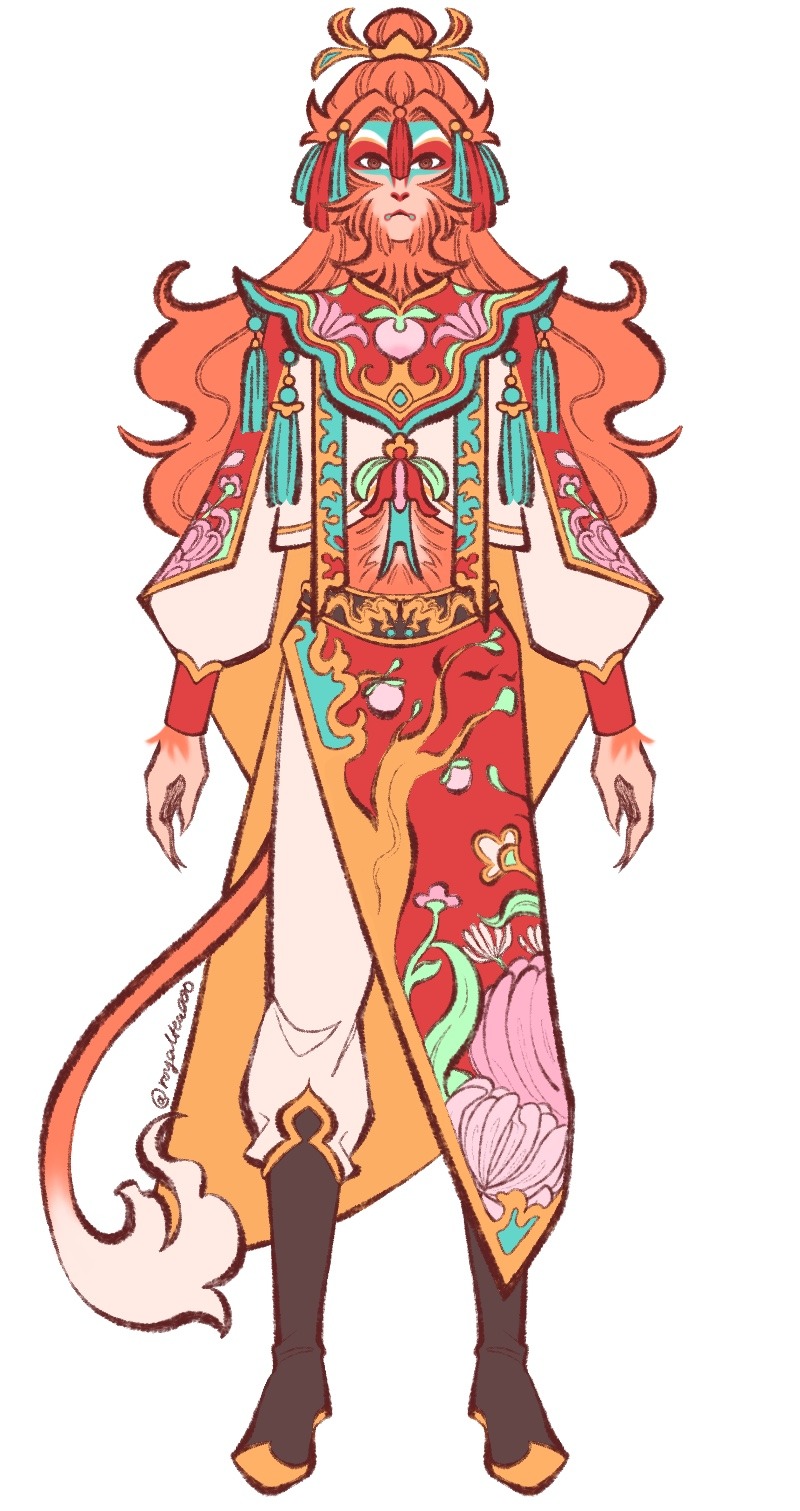


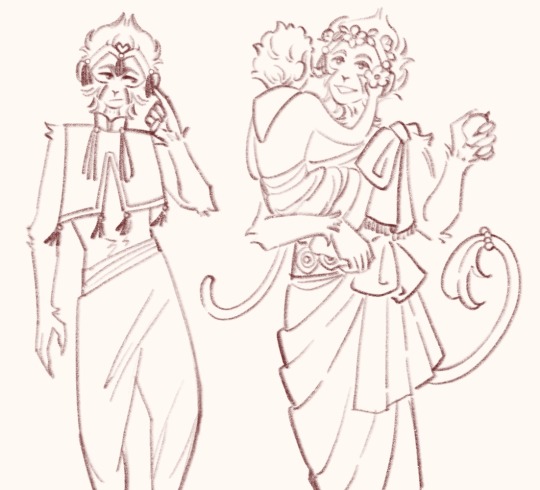
Qitian dasheng and other outfit concept sketches
#I always find it funny when in every iteration wukong is the only one to ever get outfit changes#he ran the fashion department pockets THROUGH#every season china’s Madonna gets a new dress cuz he’s the people’s prettiest little princess#jelly didn’t do a good enough job talking me out of that uglyass qtds design so you guys get to see it#I was going for a more empress dowager look to be unique but it doesn’t really suit him I think lol ^^#back to the drawing board#but I really do like that handsome monkey king sketch#the one with the small monkey in his arms#I like to think he’s actually very motherly to his children subjects <:3#that’s mother#I’m also trying my hand at giving him a more Indian outfit since that’s where they’re going -w-#not really satisfied with any of em lol#the crop top sketch is maybe him directly after getting out of the mountain and being petulant about the band#the tassels STAY ON#digital art#my art#jttw sun wukong#journey to the west#sun wukong#jttw fanart#monkey king#anyways lemme know what y’all think#I actually wanna hear other opinions on this :P#also if you couldn’t tell I’m obsessed with cloud collars at the moment#☁️ 🌺 🦢 ✨
290 notes
·
View notes
Text
Sarees and Chandelier Earrings
#sophia rauss#so hot 🔥🔥🔥#boy to girl#cross dressing#trans woman#so pretty#transisbeautiful#transgender#boyswillbegirls#sexy crossdressers#lgtbqia+#transfem#tgirlsdoitbetter🌈#sareelove#earrings#indian
160 notes
·
View notes
Text

Sari de Sabyasachi Mukherjee
Exposition Bollywood superstars, musée du quai Branly Jacques Chirac, Paris
#fashion#dress#robe#mode#haute couture#beautiful#beauty#love#couture#moda#sari#india#indian#fashion exhibition#exhibition#art exhibition#indian outfit#paris#parisian#quai branly#branly#jacqueq chirac#musée#museum#mukherjee#sabyasachi#sabyasachi mukherjee#beauties#love it#art
1K notes
·
View notes
Text
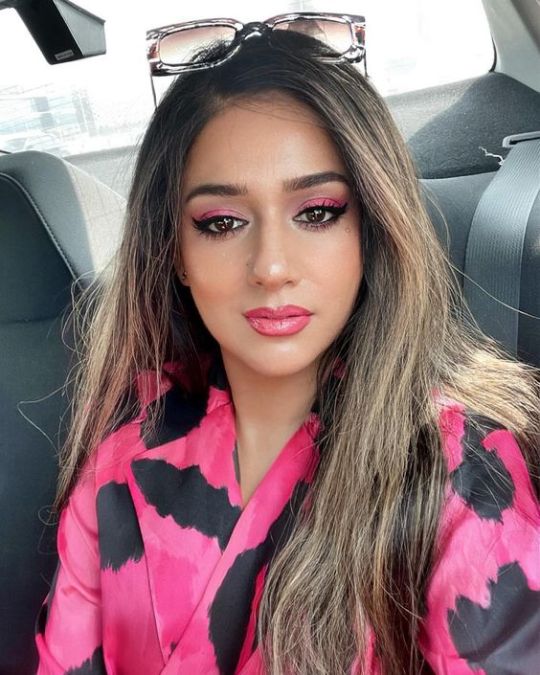
Adorable East Indian Girl!. OMG.... she's so pretty!
#delhi#east indian#indian beauty#bengali#trans is sexy#new delhi#mumbai#karnataka#india love#india#transgirl#transgenderwoman#transgender#trans community#guys in dresses#love is love#intersex#trans is beautiful#gay fashion#gay girls#transsexual#queer culture#trans pride#queer fashion#queer fashion#queer girl#lgbtqia#queer pride#lgbtq community
740 notes
·
View notes
Text



जब भाभी कमर उठा कर दे रही हो तो समझ जाना तुमने उसके अंदर की आत्मा को छू लिया है
#curvy and cute#curvy body#curvy chicks#curvy mature#desperate housewives#housewife#real housewives#thick and juicy#thick babe#hot n sexy#black dress#black saree#india#indian#bhabhi#desi bhabi#lustful desires
119 notes
·
View notes
Text



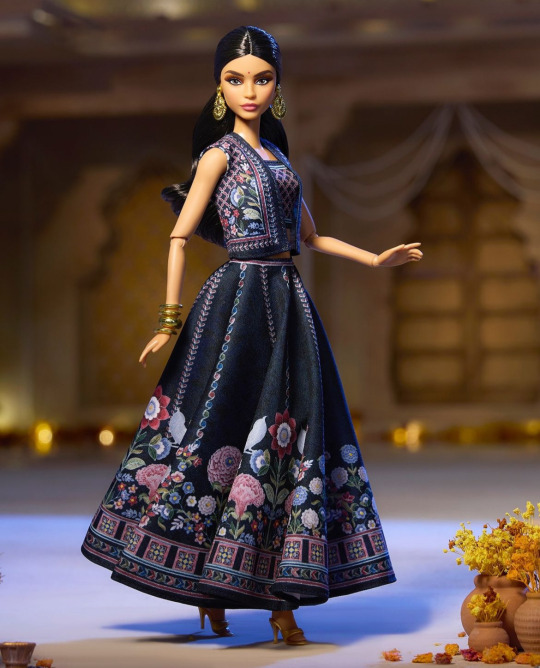


The Juggernaut
Barbie’s new Diwali doll has sold out in less than four days.
The $40 doll by Indian fashion designer Anita Dongre came out October 4. Though Barbie has released “Indian” dolls before, this is its first Diwali Barbie.
“In a continued commitment to promoting celebrations of heritage, Barbie is unveiling its first Barbie Diwali doll,” Mattel wrote in a news release. “The Barbie Diwali doll celebrates India’s cultural richness with a worldwide audience.”

Diwali Barbie sports a dark blue Anita Dongre lehenga, golden bangles and jhumka, high heels, and a ponytail. She has no backstory.
Dongre told USA Today that designing the look took over a year. She first envisioned the doll having several outfits. “I wanted to have an entire collection,” she told USA Today. “Should it be a lehenga? Should it be a sari? Should it be a sharara? There’s so much one can do. Indian fashion is just so versatile.”
“This Moonlight Bloom look features a choli top, floral koti vest, and lehenga skirt lush with dahlias, jasmine, and Indian lotus, representing strength and beauty,” Mattel’s site reads. Though note: “The doll comes with a stand…Doll cannot stand alone.”
Last year, American Girl also got in on the Indian American market, America’s fastest-growing and richest demographic. It launched Kavi, a doll who loves Broadway, has a Western and Indian wardrobe, and celebrates Diwali and Holi.
Despite its 2023 blockbuster movie, #Barbie has long faced flak for shaping perceptions of what women should look like.
In 1996, Mattel created its first melanated doll for Indians. She had the same physique as white Barbie and wore a bindi. Yet, the box labeled her pink sari as a two-piece outfit with an optional shawl and noted that Indians don’t use utensils to eat. As Sadaf Ahsan wrote for The Juggernaut: “If you aren’t blonde and blue-eyed, life in plastic isn’t fantastic.”
#Barbie#Diwali#desi#Indian#jhumkas#anita dongre#mattel#doll#representation#toys#south Asian#Diwali doll#lehenga#traditional dress#Indian culture
134 notes
·
View notes
Text
"You look... woah"
For my fellow Bakusimps who wear dresses once in a blue moon, leaving necks cracked and jaws slacked.

You usually don't wear dresses and Bakugou knows that. He knows how dresses make you uncomfortable in one way or another; whether it be too stuffy, too frilly, too restrictive, too revealing, too non-revealing, too party-esque or too granny-style.
He knows if you had to pick between dresses and jeans, you'd go for the latter.
So imagine his surprise when he sees you wearing a dress.
Not only are you wearing a dress, you look like an absolute goddess in it.
You chose a simpler dress, showing off and highlighting your features in the best ways possible. The colour making your skin glow, the seams perfectly hugging your curves and edges, the longer part of the dress trailing behind you as you walk making it seem as if you're elegantly gliding across the room with the poise one would expect of a forest nymph or a princess.
You look ethereal and wide red irises follow your movements as you flit across the room, making sure everything's ready before leaving for your date with him.
You let out a sigh as you stand in the middle of your living room with your hands on your hips, your beautiful hair blowing slightly at the wind seeping in through the open window of the balcony.
"Okay, I think we're all ready to go!"
As you turn, taking one last sweep at everything, a pair of callous hands slide onto your waist that looks so pretty in that dress and you're spun around by your hunk of a boyfriend whose pupils are blown wide as he drinks in your form.
You laugh at his expression.
"What?"
"Nothing, princess, just... you look... woah"
You chuckle as you look up into his pretty eyes.
"I look 'woah'?"
He nods with a smirk.
"You look 'woah'..."
You laugh again as you plant a kiss on his nose.
"Shall we get moving, my 'woah' boyfriend?"
He returns your grin with one of his own as his hand slides into yours, leading you out the door.
"Yeah, let's go, princess. Gonna make everyone at that restaurant drool down their chins."

#my thoughts during classes because I wore a dress today lols#you know that feeling when you wanna see a specific scene written by someone#and then you remember you can write it yourself#bakugou x reader#bakugou katsuki#mha bakugou#bakugou x indian!reader#katsuki bakugo x reader
393 notes
·
View notes
Text

Best Dressed: Simone Ashley
https://toyastales.blogspot.com/2024/12/best-dressed-simone-ashley.html
#simone ashley#london#the fashion awards 2024#ball gown#bridal gown#wedding gown#gowns#formalwear#dress up#toya's tales#style#toyastales#toyas tales#fashion#clothing#december#fall season#winter style#celebrity fashion#fashion inspiration#fashion trends#indian#actress#celebrity#hot celebs#celebs#celebrities#prada#micro bangs#bridgerton
101 notes
·
View notes
Photo

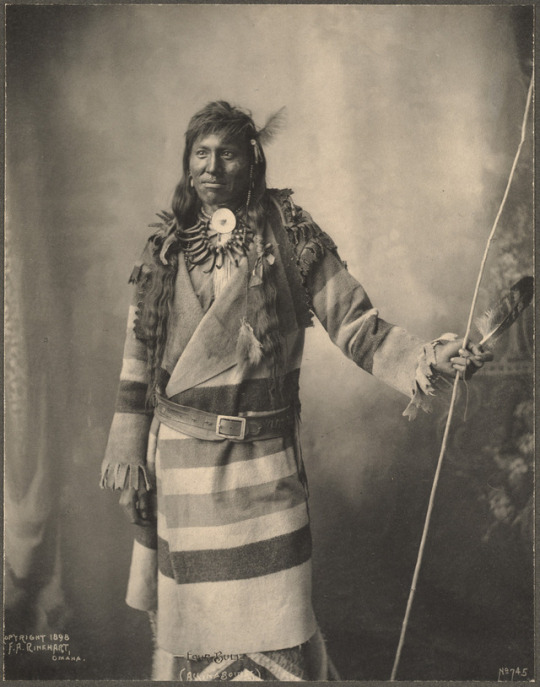

Photographs of men from the Assiniboine tribe;by Frank Rinehart;
Chief Yellow Boy giving a piece sign, 1890-1891
Four Bull and Chief Wets-It, 1898
#native american#the americas#mdpcostume#traditional dress#tribal#North America#north american#american indian#frank rinehart#costume
164 notes
·
View notes
Text


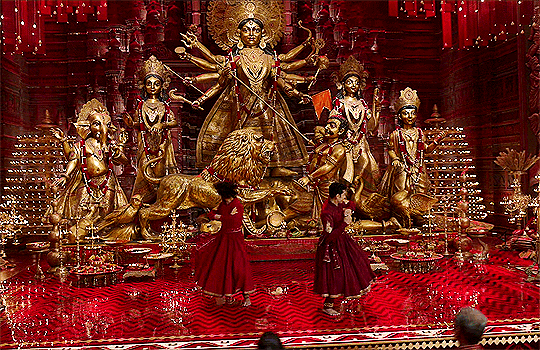





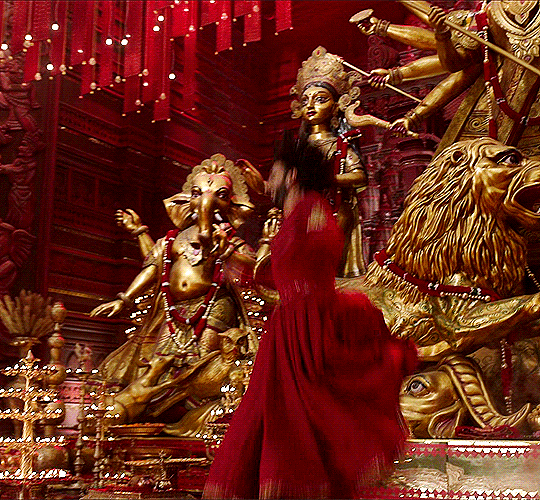
Dola re Dola...
#ranveer singh#bollywood2#bollywood#my gif's#rocky aur rani kii prem kahaani movie release date#ranveer is Iconic for attempting this and doing it so gracefully#biggest seeti moment in the film#tota roy chowdhary#indian classical#dance#kathak#male dancers#male classical dance#look at that flair of his dress#ahh love the drama this outfit brought
425 notes
·
View notes
Text

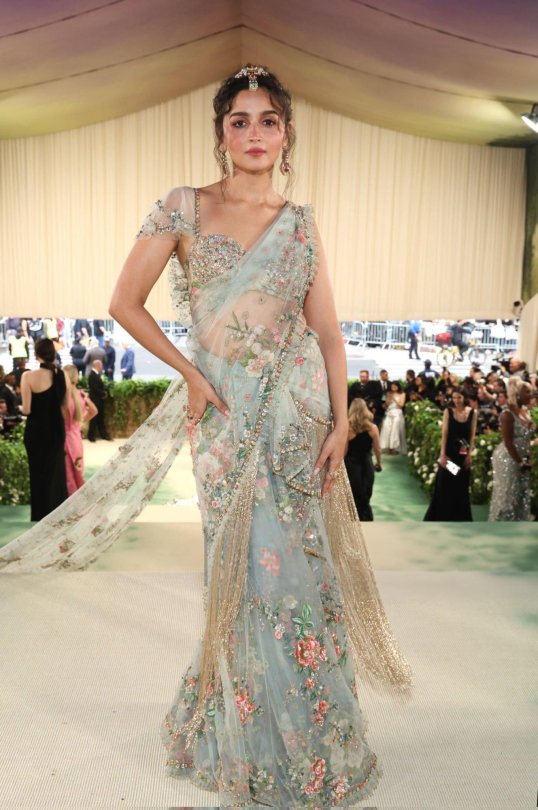

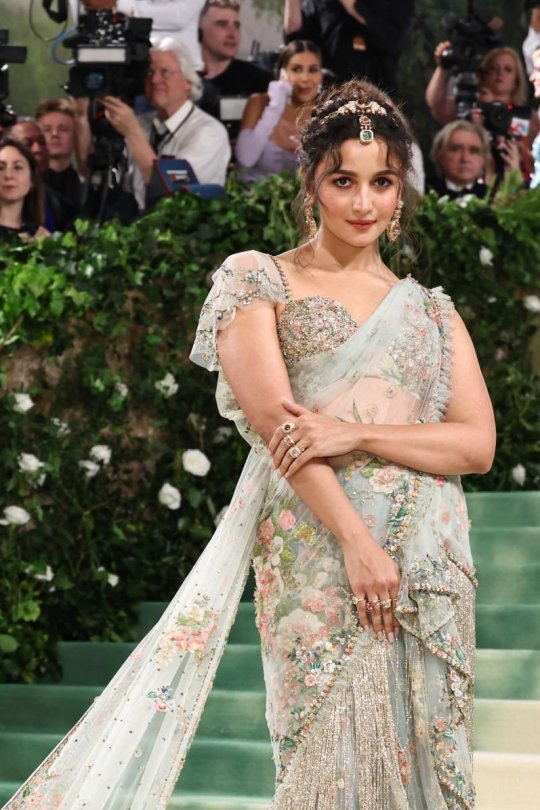
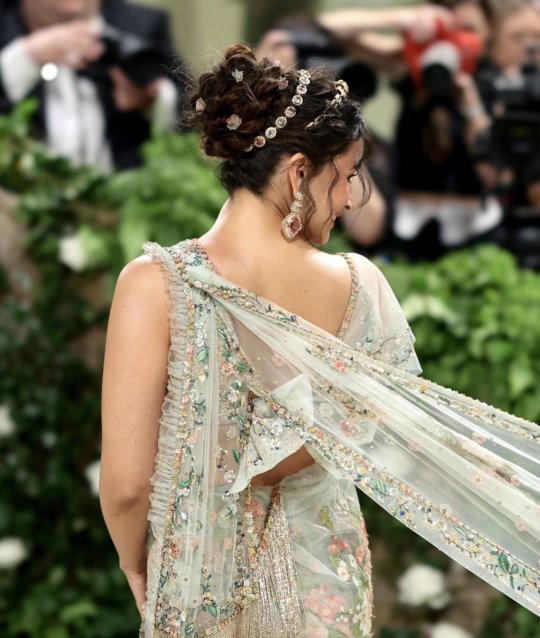
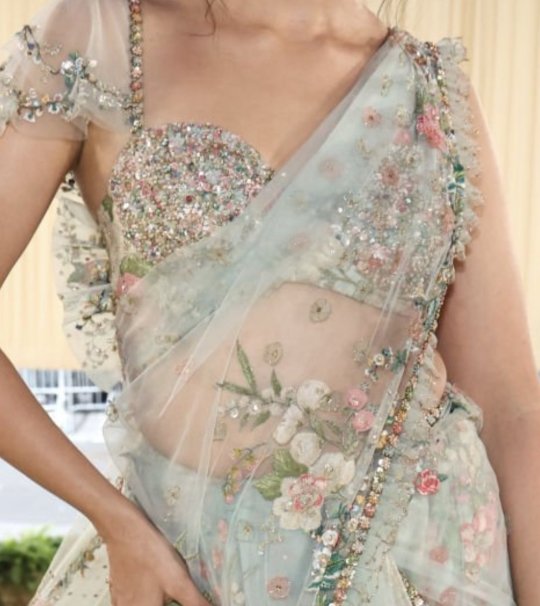
Alia Bhatt in a saree dress for the Met Gala 2024 "Sleeping Beauties: Reawakening Fashion".
#alia bhatt#met gala#met gala 2024#sareefashion#sareeindia#indian actress#indian woman#floral dress#sareecollection#saree fashion#saree dress#floral aesthetic#so beautiful#poc woman
134 notes
·
View notes
Text




#sophia rauss#indian#sareelove#so hot 🔥🔥🔥#boy to girl#cross dressing#trans woman#so pretty#transisbeautiful#transgender#boyswillbegirls#sexy crossdressers#tgirlsdoitbetter🌈#transvestites#transgirl#lgbtqia
108 notes
·
View notes
Text

Shruthipriya Shemale Nitasha Biswas.
Indian Transgender!
#queer#trans#indian gay#transgender#transfem#lgbtqia#crossdressing#trans pride#cute crossdreser#sexy crossdressers#crossdressgirls#crossdresserlife#sissy crossdresser#transgirl#trans community#transgenderwoman#lgbtlove#cross dressing#gay#gay love#gayman#gay boy#gay hot#trans gurl#tgirl#sexy gurl#sissy gurl#gurl#transisbeautiful
124 notes
·
View notes